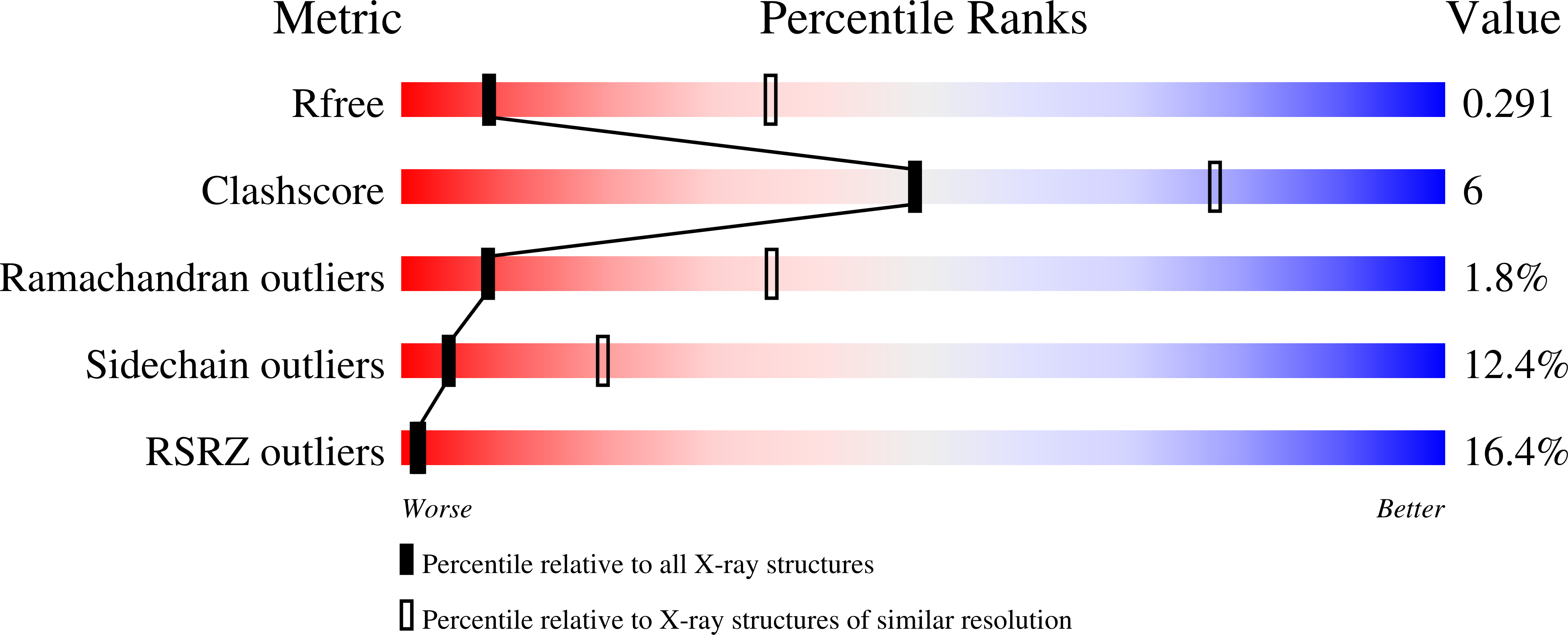
Deposition Date
2011-09-25
Release Date
2011-10-19
Last Version Date
2024-11-06
Entry Detail
PDB ID:
3TYG
Keywords:
Title:
Crystal structure of broad and potent HIV-1 neutralizing antibody PGT128 in complex with a glycosylated engineered gp120 outer domain with miniV3 (eODmV3)
Biological Source:
Source Organism:
Human immunodeficiency virus 1 (Taxon ID: 540993)
Homo sapiens (Taxon ID: 9606)
Homo sapiens (Taxon ID: 9606)
Host Organism:
Method Details:
Experimental Method:
Resolution:
3.25 Å
R-Value Free:
0.25
R-Value Work:
0.20
R-Value Observed:
0.20
Space Group:
P 21 21 21


